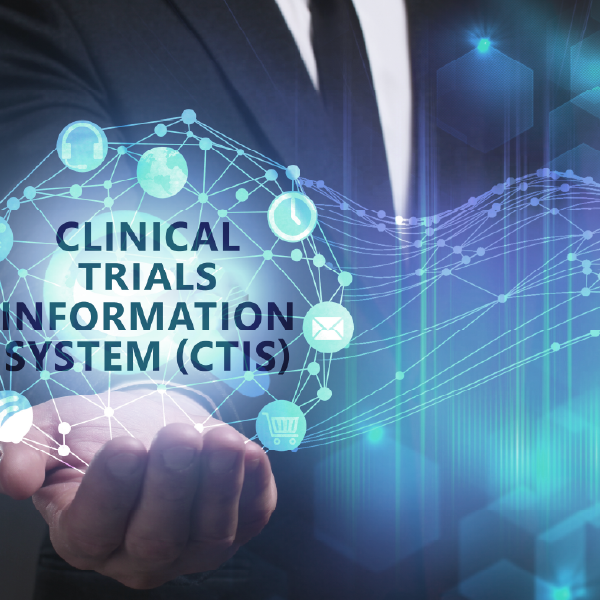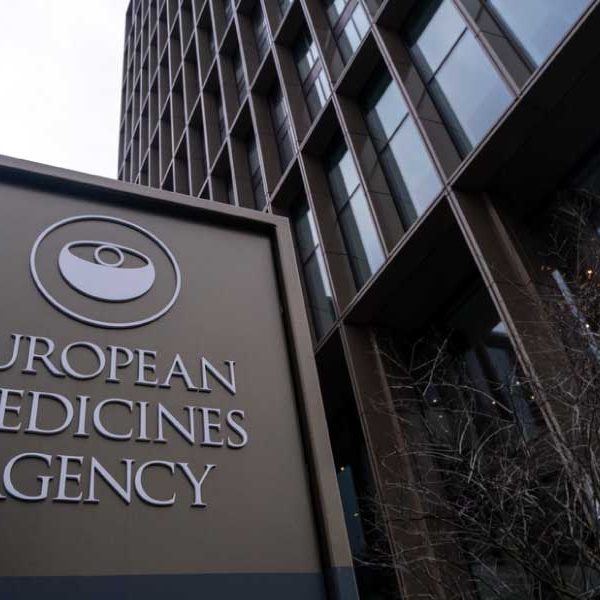FDA Furthers Transparency Push with CSR Release Pilot

The FDA provided insight into their overall vision for clinical trial transparency last week, announcing a new program to publicly release clinical study reports (CSRs) that accompany drug approval submissions. They plan to pilot nine recently-approved drugs (yet to be determined) from volunteer sponsors, with CSRs to be posted to the FDA’s drug approval database, Drugs@FDA.
This will provide the general public with much deeper background about the individual pivotal trials contributing to the regulatory agency’s approval decisions, including trial protocols, statistical analysis plans, and result summaries regarding the drug’s safety and efficacy.
Its not new
While this may be new in the US, regulatory agencies automatically publishing drug submission documents upon approval is hardly a new concept for global sponsors. In Europe, the EMA Policy 0070 and Clinical Trial Regulation already outline similar requirements, and Canada has also drafted regulations.
Nevertheless, progress in this direction will lead to an increased need for document anonymization and redaction, meeting the needs for transparency while protecting patient privacy and company confidential information.
Finding information on a new drug
Of course, any document made available on a government-sponsored public website is immediately available to a worldwide audience, regardless of who published it and where; however, from a practical standpoint, it is unreasonable to expect interested parties to cross-reference several databases to find all the pertinent information about a new drug.
Even within the US, information resides in multiple places (ClinicalTrials.gov and Drugs@FDA, for example). The FDA acknowledges this problem, and does address it to a certain extent. For example, the ClinicalTrials.gov trial identifier, known as the NCT number, will start to be included in FDA drug approval materials.
While this doesn’t eliminate the need entirely, it should ease the process of cross-checking these various repositories.
The industry is arriving to a point where agencies, researchers, sponsors, participants, clinical research organizations, and other stakeholders universally recognize the value and importance of clinical trial transparency. Now, regulatory agencies need to work together to harmonize standards, reduce burden on sponsors, and make it easier for the public to locate and digest this necessary information.
by Zach Weingarden, Guest Contributor
About the author
Zach Weingarden is a Product Solutions Manager with TrialAssure – the ultimate transparency suite. TrialAssure is a preferred provider to MMS for clinical trial disclosure registry compliance.











